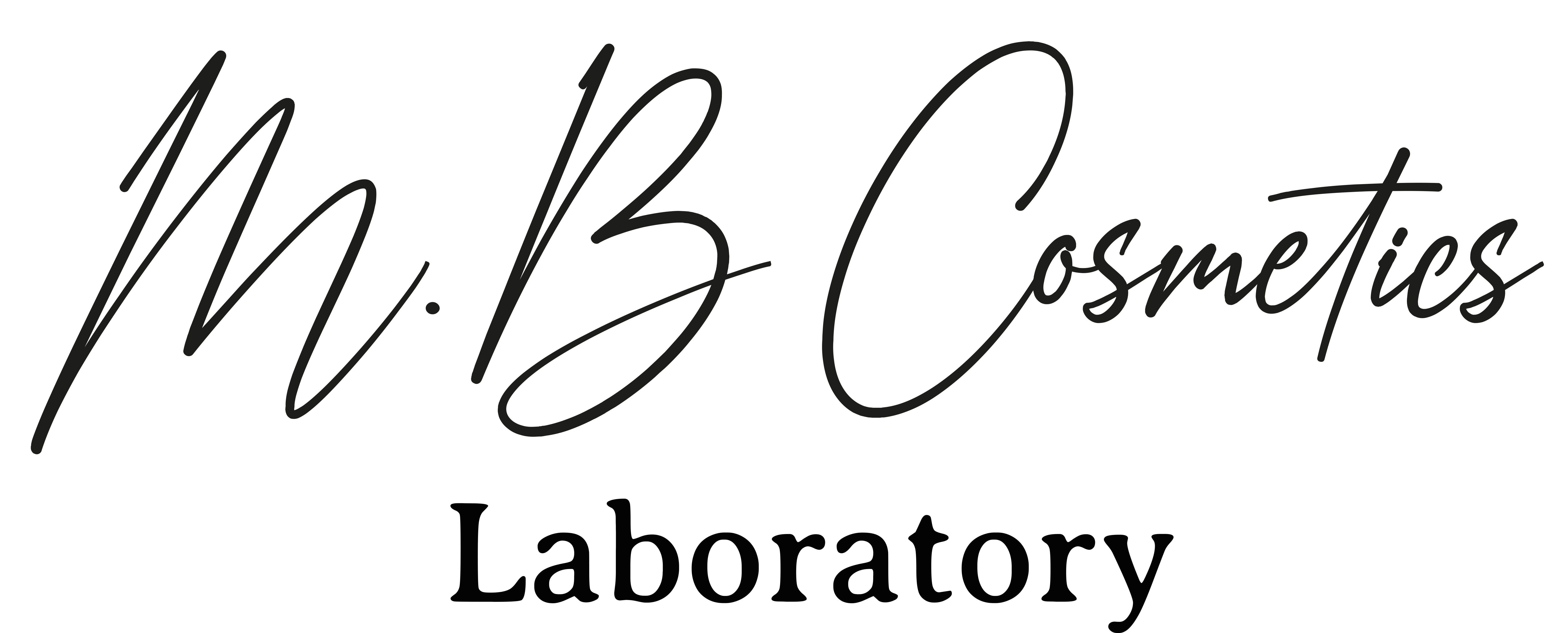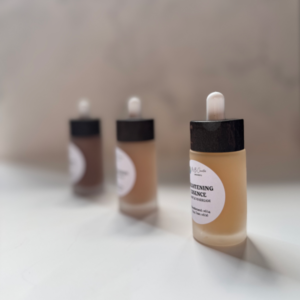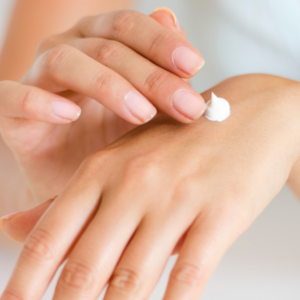Let’s stir up some magic in the lab and demystify one of the most intimidating parts of launching a beauty brand in Europe: EU & UK Cosmetic Regulation.
Whether you’re formulating products in your kitchen or preparing to scale with a manufacturer, Regulation (EC) No. 1223/2009 isn’t just legal fine print. It’s your non-negotiable roadmap for safely and legally placing cosmetics on the EU market. If you skip steps or misunderstand the basics, you risk product recalls, financial penalties, or worse: a reputation hit that new brands can’t afford.
This guide breaks it all down in clear, founder-friendly language: what the regulation covers, what you actually need to prepare, and how to streamline compliance if you’re a small-scale brand or solo formulator.
Why Regulation (EC) No. 1223/2009 Matters
The EU cosmetic regulation isn’t optional. It defines what a cosmetic is, what ingredients can and can’t be used, what must appear on your label, and who’s legally responsible if something goes wrong. The cornerstone of cosmetic compliance in the EU is Regulation (EC) No 1223/2009, which governs all cosmetic products placed on the market, from face creams to lip balms. What sets this regulation apart globally is its emphasis on safety documentation before a product is launched. The EU and the UK require that every cosmetic product be backed by a full safety file and a legal Responsible Person (RP) before it hits the shelf.
Whether you’re crafting natural serums with botanical extracts or semi-natural creams with Niacinamide, your products must meet these standards. Small-scale brands often assume compliance is too complex or expensive, but with strategic planning, it’s achievable even on a tight budget.
Step 1: Understand What Qualifies as a Cosmetic Product
According to EC 1223/2009, a cosmetic product is:
“Any substance or mixture intended to be placed in contact with the external parts of the human body… with a view exclusively or mainly to cleaning, perfuming, changing appearance, protecting, keeping in good condition or correcting body odours”.
If your product claims to treat or cure, or penetrates the skin barrier, it may be considered a medicine or medical device, which triggers an entirely different regulatory route.
Step 2: Conduct the Required Lab Tests
Every cosmetic product needs a stability test. This test lasts 3 months and aims at evaluating if the formula can withstand various temperature and humidity levels without separating or spoiling but it also serves to determine your product’s shelf life. If the test demonstrates that your formula achieves a shelf life of less than 30 months, you’ll have to use an expiry date.
For the sake of the example, let’s say your product achieved a shelf life of 24 months, this means that on your label, you’ll have to indicate an expiry date of 2 years from the date of manufacturing. If your batch was manufactured in July 2025, your expiry date will be 07/2027. This means that each batch produced will have a different expiry date and this expiry date applies on the product while unopened.
If the test demonstrates a shelf life of 30+ months, your product is eligible for a PAO, period after opening, which will usually be given to you at the end of the test by the laboratory that conducted this test. You can, then, indicate on your labels an open jar symbol with the period to indicate whether that be 6M, 12M or more. This number indicates the number of months the product is good for once it has been opened by the consumer.
Water-based products (toners, creams, gels) face an additional testing requirement: the challenge test, also known as the preservative efficacy test (PET). This test, that lasts 5 weeks, aims at evaluating the strength of your preservative system when microorganisms are introduced in your product.
Both these tests are mandatory under EU and UK Cosmetic Regulations and are also standard tests that any middle to large brands conduct even in markets where this is not mandatory because they are the first proof that you’ll have to show to any authority to prove that your products are stable and safely preserved if there is ever an issue with one of your batches. Without these 2 tests, you cannot actually prove that your products have been formulated safely and effectively.
Step 3: Prepare a Cosmetic Product Safety Report (CPSR)
The CPSR is the backbone of your compliance. It must be completed by a qualified safety assessor (typically a pharmacist, toxicologist, or other scientifically trained professional recognised under EU rules). It is required under Article 10, proves your product is safe for consumer use and is comprised of two parts: Part A (product information, e.g., formula, exposure routes) and Part B (safety assessment, e.g., toxicological profile, margin of safety). It evaluates all ingredients against EU Annexes II (prohibited), III (restricted), and IV-VI (permitted colorants, preservatives, UV filters).
The CPSR includes:
- A detailed formula with percentages + listed allergens
- Toxicological profiles for each ingredient
- Assessment of microbiological quality and stability
- Potential interactions between ingredients
- Dermal exposure and margin of safety calculations
- Packaging compatibility and preservation efficacy
This report cannot be established without receiving first the results of the stability test and the challenge test. Since Brexit, the EU and the UK have not always moved at the same pace when it comes to their respective cosmetic regulations. While the base remains the same, there have been some changes regarding prohibited ingredients or allergens to be declared. Your CPSR may slightly vary in the information it contains depending on which region you are launching in so you will need a CPSR for the EU and a CPSR for the UK if you plan on launching in both markets. The fee is usually relatively low to duplicate and update your CPSR for the second market.
Step 4: Appoint a Responsible Person (RP)
Every cosmetic product sold in the EU must have a designated Responsible Person established in the EU. And vice versa, if you want to sell your cosmetic product in the UK, you’ll need an RP there too. This entity or individual is legally responsible for:
- Ensuring product safety and compliance
- Keeping and updating the PIF
- Submitting CPNP/SCPN notifications
- Acting as the point of contact with EU authorities
You can act as your own RP only if you are based in the EU for the EU market and in the UK for the UK market. Otherwise, you must appoint a consultant, distributor, or third-party compliance service.
Step 5: Build the Product Information File (PIF)
Think of the PIF as your product’s passport. It must be stored physically or digitally within the EU and made available to authorities upon request.
It must include:
- The lab test results
- The CPSR
- A description of the cosmetic product
- Full formula & manufacturing method
- GMP declaration (good manufacturing practices)
- Proof of effect (if you’re making claims like anti-ageing or hydrating)
- Label artwork with INCI, claims, symbols
- Animal testing statement
- Safety data sheets & other ingredient documents
You don’t need to submit the PIF to any authority unless requested, but you must have it ready, updated, and accessible.
Step 6: Notify the Product on the CPNP or SCPN
The Cosmetic Product Notification Portal (CPNP) is the EU’s central online system for registering cosmetic products. Notification must be done before your product goes on sale. It is free, but must be submitted by the Responsible Person.
You will first need to create an account for your company. Once that is done, you’ll receive an approval email within 1 or 2 weeks, which will enable you to proceed to the product notification page where you’ll need to upload:
- Product name and category
- Formula and INCI list
- Label artwork
- Details of the RP and manufacturing site
- Any nanomaterials used (must be flagged explicitly)
- Information on packaging and exposure
Once submitted, your product receives a reference code. There is no approval or feedback, this is a declaration, not an application. Once this step is complete, you can immediately start selling.
If you’re also planning to sell in the UK, you must complete a separate notification via the Submit Cosmetic Product Notifications (SCPN) portal run by the UK Office for Product Safety and Standards (OPSS).
The UK requires much of the same information as the EU, but you must also:
- Appoint a UK-based Responsible Person
- Create a UK PIF (it can mirror your EU file, but must be stored in the UK)
The SCPN must be completed before placing your product on the UK market.
What About Labelling Requirements?
Under EC 1223/2009, your packaging (labels & outer packaging) must include:
- Brand name
- Product name and function
- Responsible Person name and address
- Batch number
- Net weight/volume
- PAO or expiry date
- Country of origin (if manufactured outside EU)
- Precautions for use
- Full INCI list in descending order (can appear only on the outer packaging if the label is too small)
If you’re selling in more than one EU country, labels must be in the official language of that country. This is often overlooked and can lead to enforcement issues during retail audits.
Before saying goodbye, let me leave you with my final thoughts!
EU compliance isn’t cheap, but it’s absolutely doable, even for indie brands. By understanding the regulation, choosing the right partners, and making smart formulation choices, you can bring beautiful, legally compliant products to the European market without drowning in paperwork or draining your launch budget.
At MB Cosmetics Lab, we help founders like you launch the right way. From formula development to full regulatory compliance and label checks, we make sure your skincare brand is EU-ready from day one.
And if you want to dive deeper into cosmetic regulation, check out our mini e-book: Global Cosmetic Compliance and Labelling Guide!
Here’s to formulas that work and brands that thrive!
From My Lab to Yours!
Morgane







Add comment